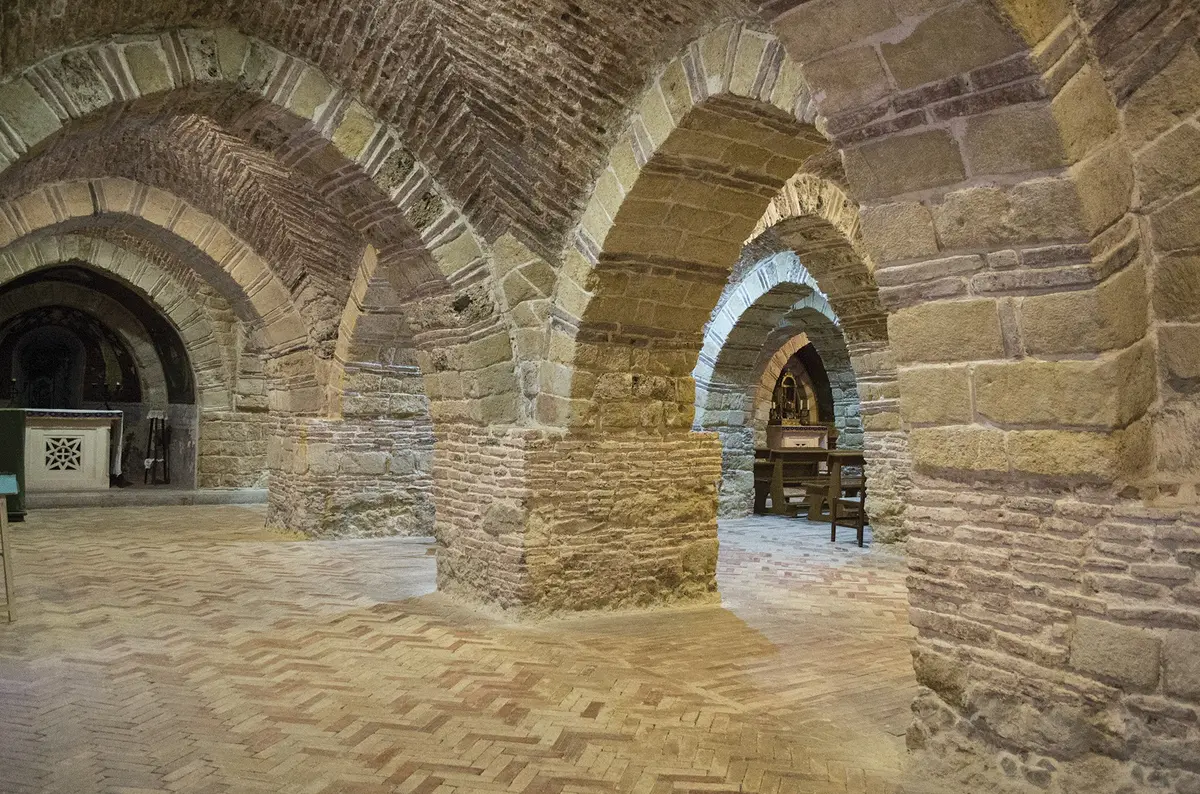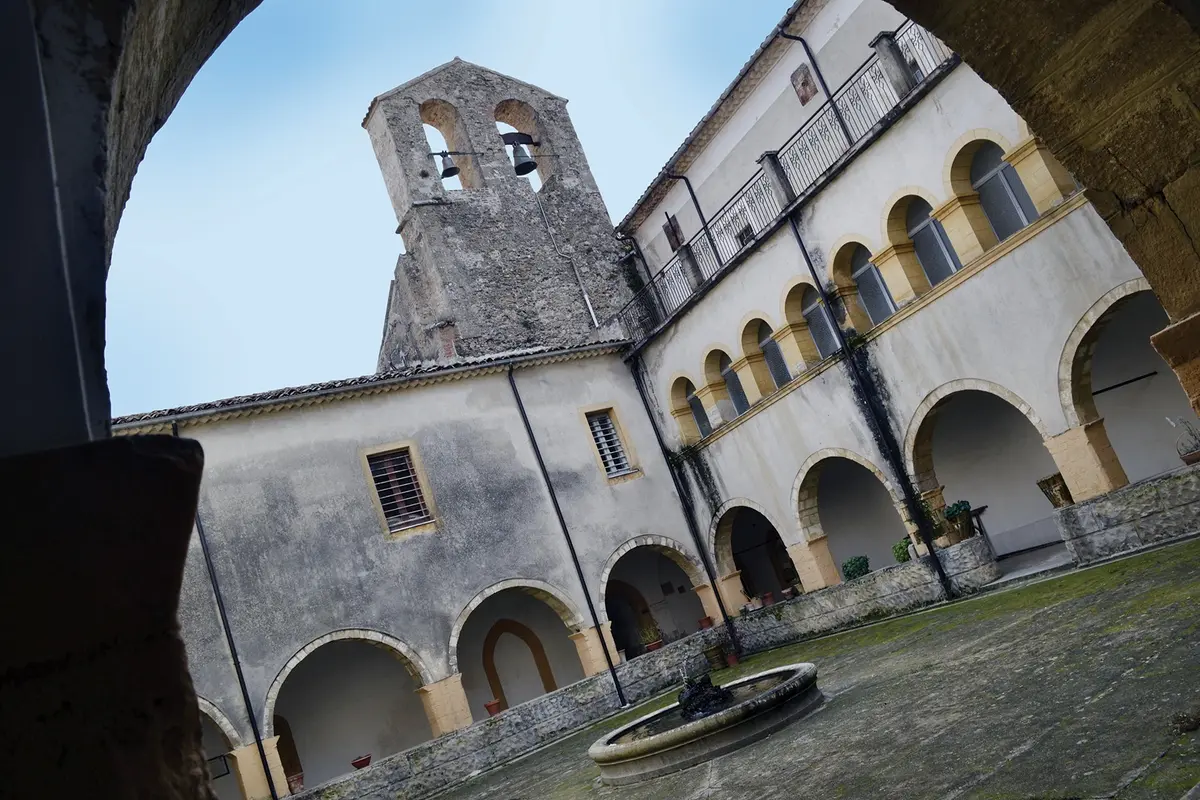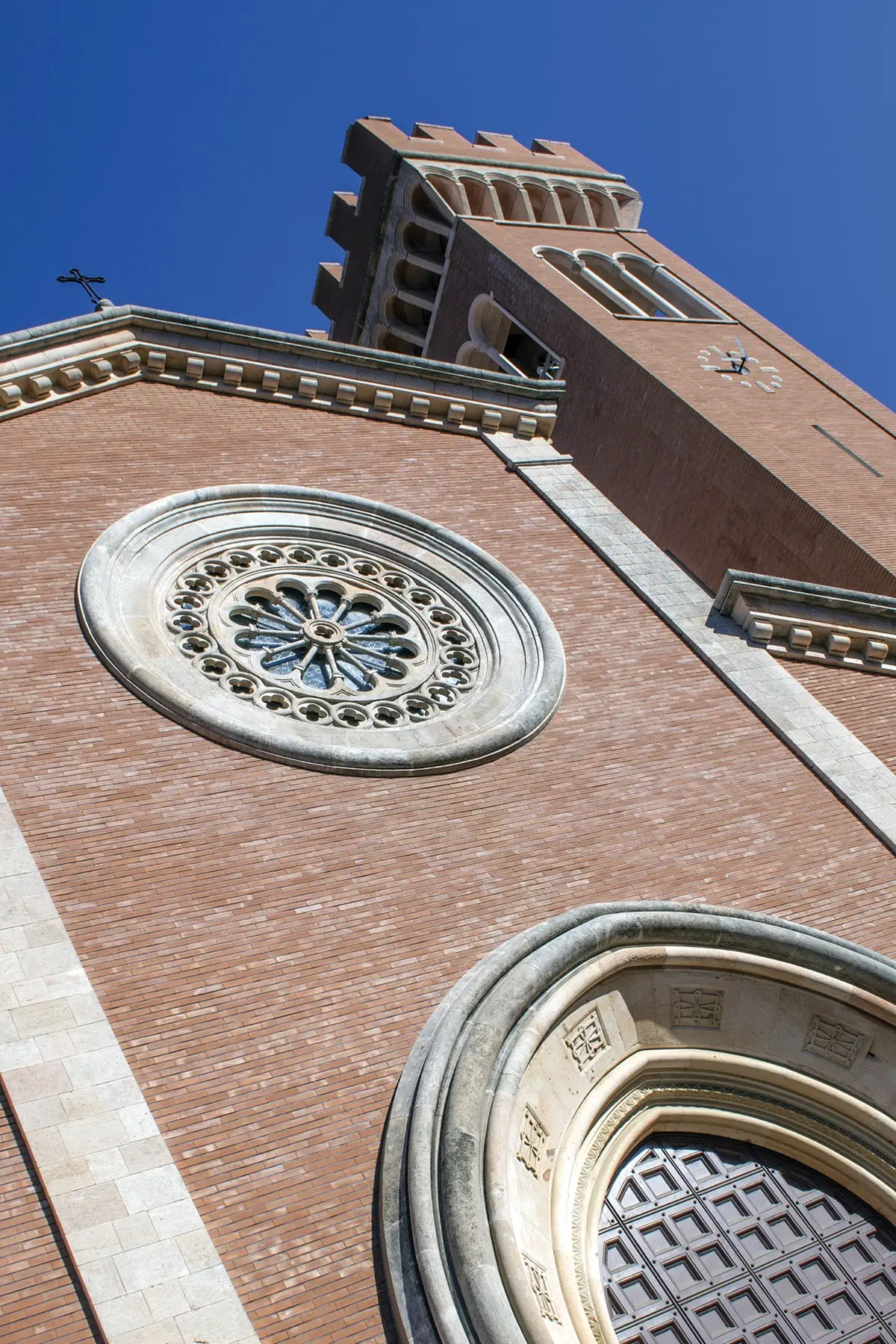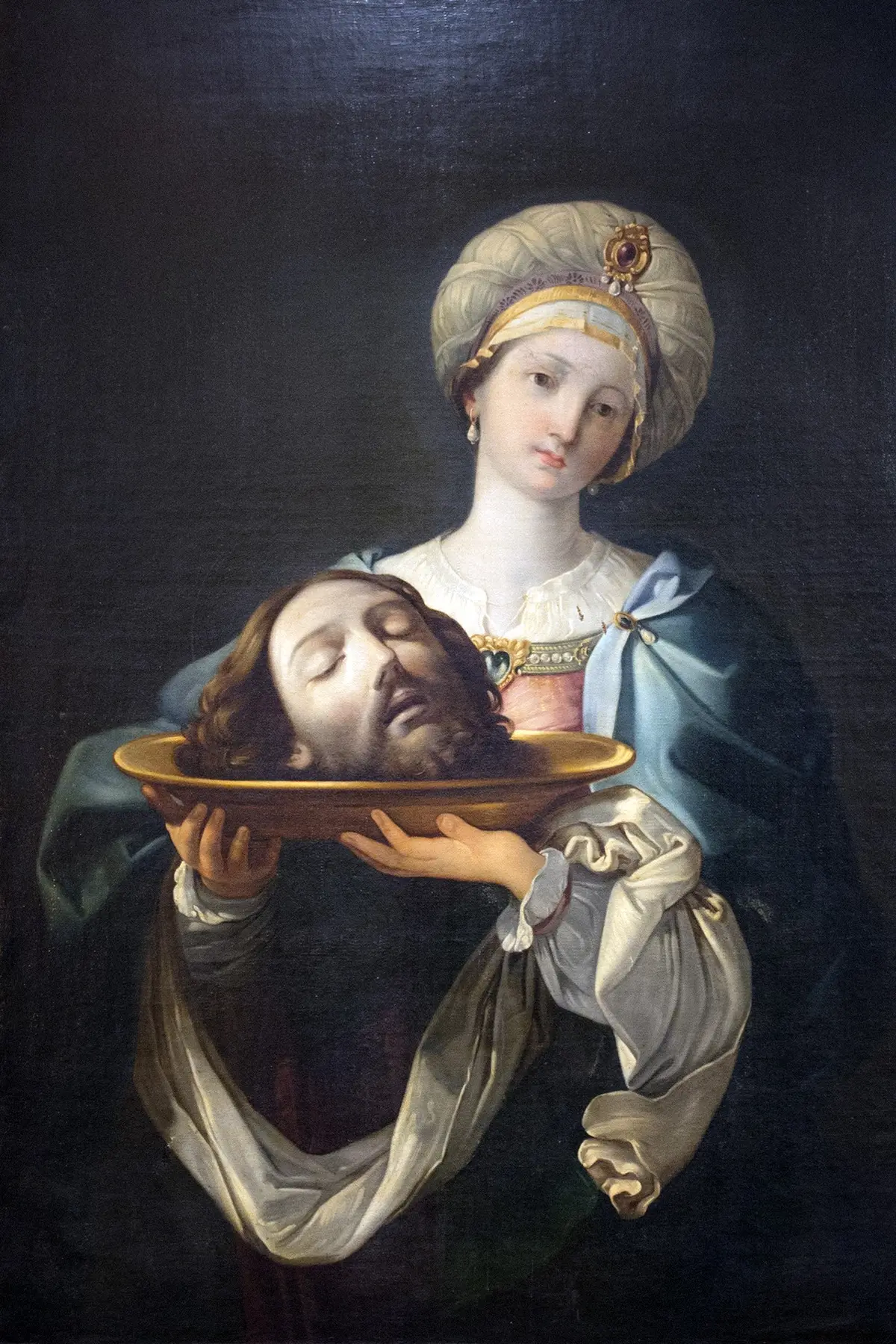Abbey of Santa Maria della Matina
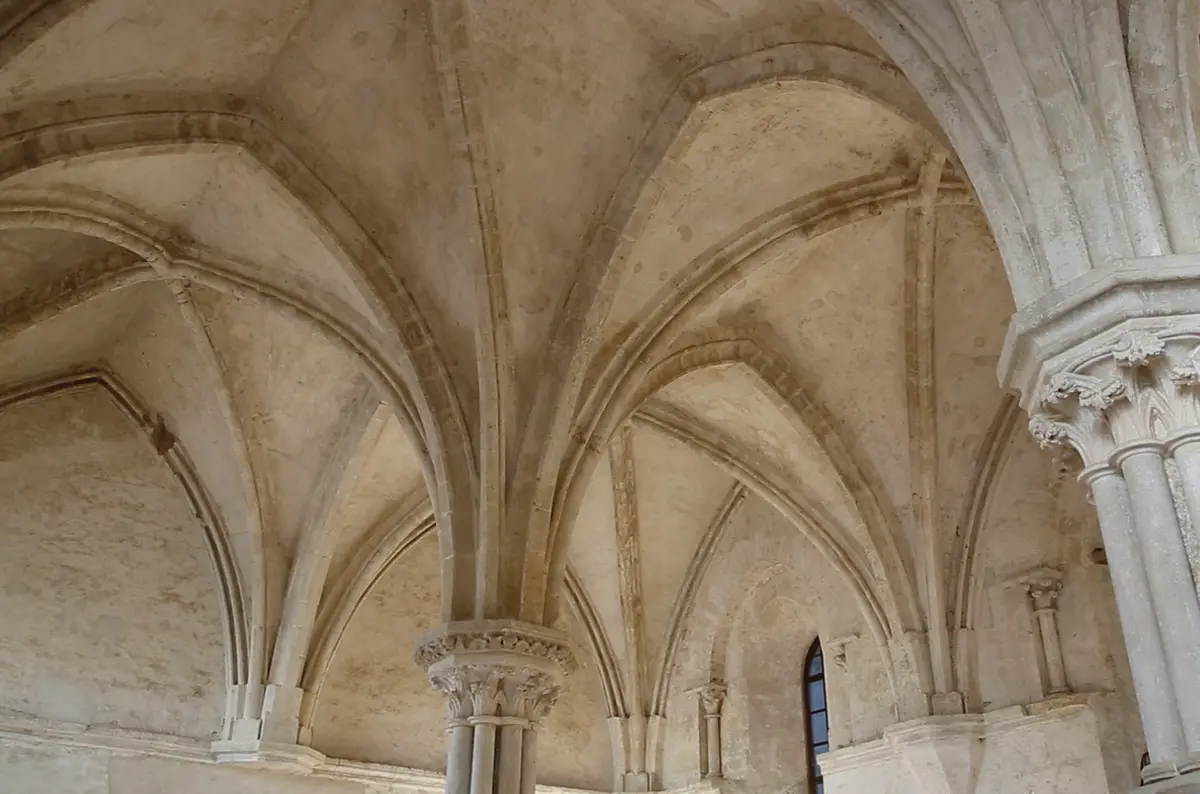
Place of worship
Abbazia di Santa Maria della Matina, San Marco Argentano - Regione Calabria
The Abbey of Santa Maria della Matina, in San Marco Argentano, in the province of Cosenza, was one of the most important medieval abbeys in southern Italy.
Consecrated in 1065, in the presence of Duke Robert Guiscard and his wife Sichelgaita, the Abbey of Santa Maria della Matina was favoured by the popes and the Norman lords, who endowed it with enormous privileges. In 1092 it hosted Pope Urban II, promoter of the First Crusade.
In 1222, the Cistercians took over the administration of the Abbey of Santa Maria della Matina.
The monumental traces still preserved inside (the current building is on private property) date back to this period: the round-headed lancet window of the parlour, the scriptorium, the staircase leading to the upper floors, the decorated chapel and the ancient Gothic chapter house, considered among the finest Cistercian architecture in Italy, similar to that of the Abbey of Casamari (Frosinone).

